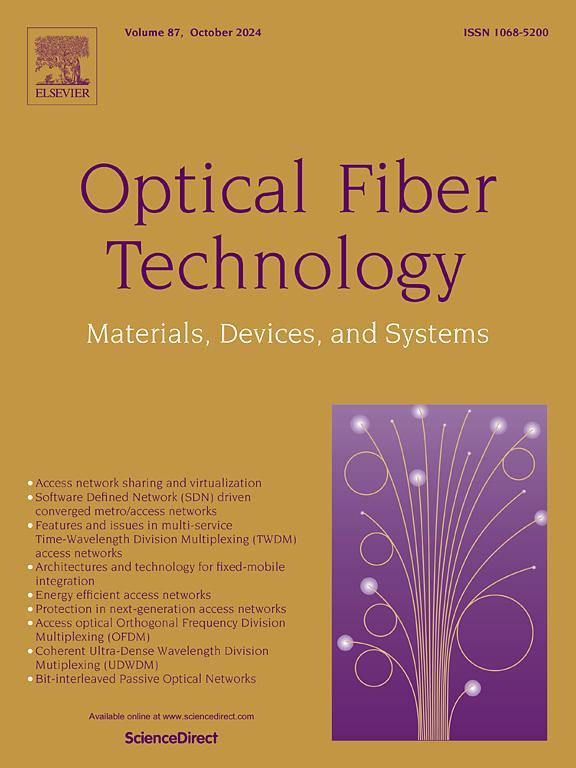Human intrusion detection with distributed fiber optic data based on Squeeze-Excitation and hierarchical connection enhancement network
IF 2.7
3区 计算机科学
Q2 ENGINEERING, ELECTRICAL & ELECTRONIC
引用次数: 0
Abstract
Intrusion event detection technology plays an important role in home security, however, traditional intrusion detection methods have problems such as having a blind field of vision and not being able to make good use of distributed spatial information, which affects the accuracy of detection. This paper suggests a method for tackling this issue through employing a distributed fiber optic acoustic sensing technique, which makes full use of distributed spatial information to identify important features in fiber optic data. Then, on this basis, a Squeeze-Excitation and Hierarchical Connection Enhancement Network is proposed, whose key idea is to utilize different branches in the network to deal with feature maps of different resolutions or scales, to enhance the important features, and attenuate the unimportant ones, to make the features more directional and achieve higher accuracy. The method’s efficacy is ultimately assessed through analysis of intrusion events in the gathered fiber optic dataset, which achieves an intrusion detection accuracy of 99.2%.
基于挤压激励和分层连接增强网络的分布式光纤数据人体入侵检测
入侵事件检测技术在家庭安防中发挥着重要的作用,然而传统的入侵检测方法存在视场盲区、不能很好地利用分布式空间信息等问题,影响了检测的准确性。本文提出了一种解决这一问题的方法,即采用分布式光纤声传感技术,充分利用分布式空间信息识别光纤数据中的重要特征。然后,在此基础上,提出了一种挤压激励分层连接增强网络,其核心思想是利用网络中的不同分支处理不同分辨率或尺度的特征图,增强重要特征,衰减不重要特征,使特征更具方向性,达到更高的精度。通过对采集到的光纤数据集中的入侵事件进行分析,最终评估了该方法的有效性,入侵检测准确率达到99.2%。
本文章由计算机程序翻译,如有差异,请以英文原文为准。
求助全文
约1分钟内获得全文
求助全文
来源期刊

Optical Fiber Technology
工程技术-电信学
CiteScore
4.80
自引率
11.10%
发文量
327
审稿时长
63 days
期刊介绍:
Innovations in optical fiber technology are revolutionizing world communications. Newly developed fiber amplifiers allow for direct transmission of high-speed signals over transcontinental distances without the need for electronic regeneration. Optical fibers find new applications in data processing. The impact of fiber materials, devices, and systems on communications in the coming decades will create an abundance of primary literature and the need for up-to-date reviews.
Optical Fiber Technology: Materials, Devices, and Systems is a new cutting-edge journal designed to fill a need in this rapidly evolving field for speedy publication of regular length papers. Both theoretical and experimental papers on fiber materials, devices, and system performance evaluation and measurements are eligible, with emphasis on practical applications.
 求助内容:
求助内容: 应助结果提醒方式:
应助结果提醒方式:


